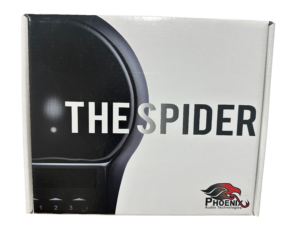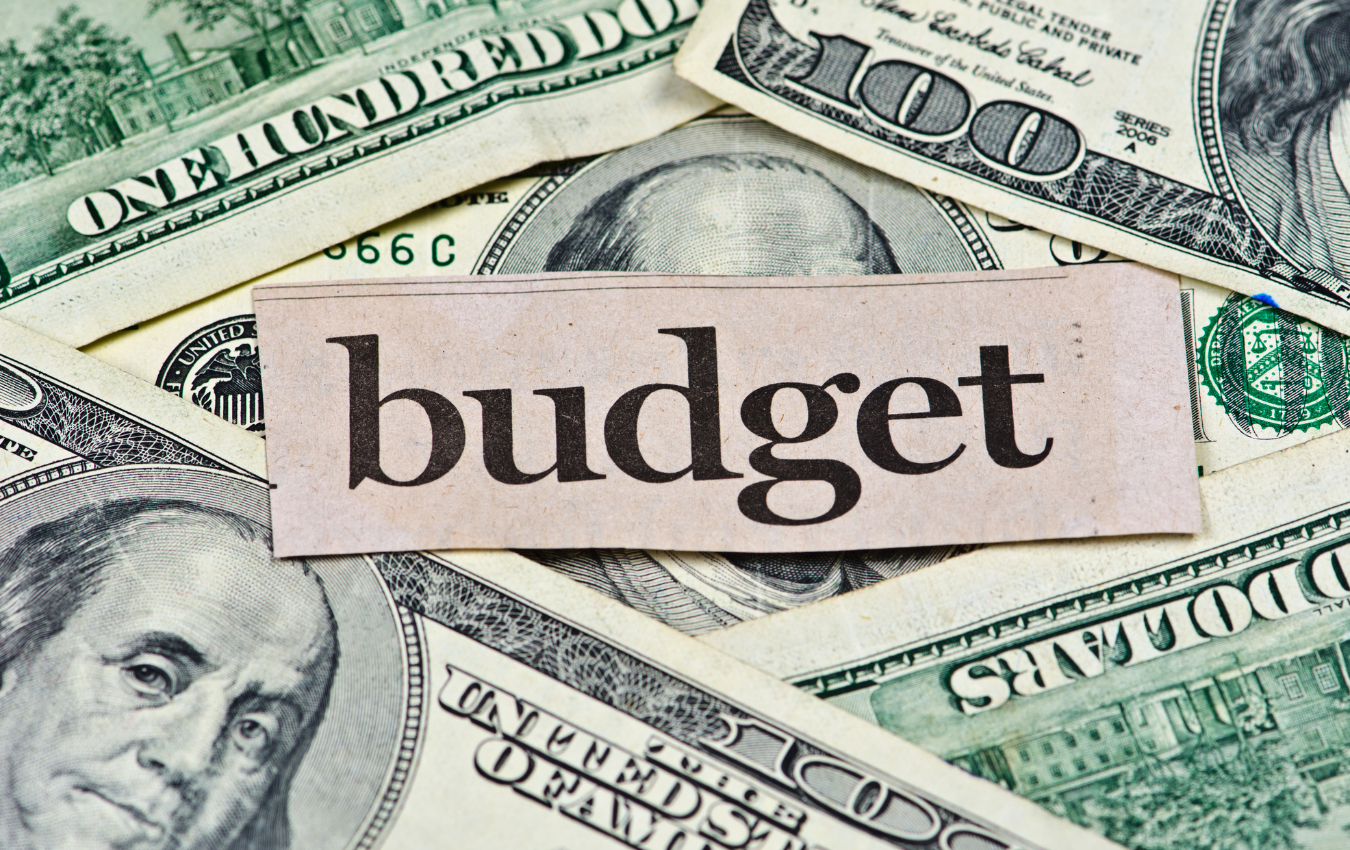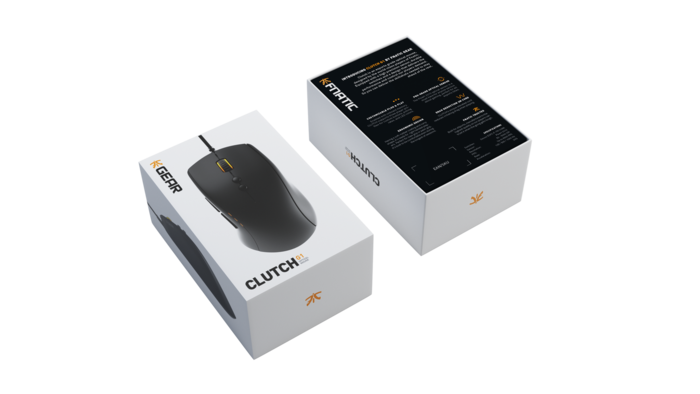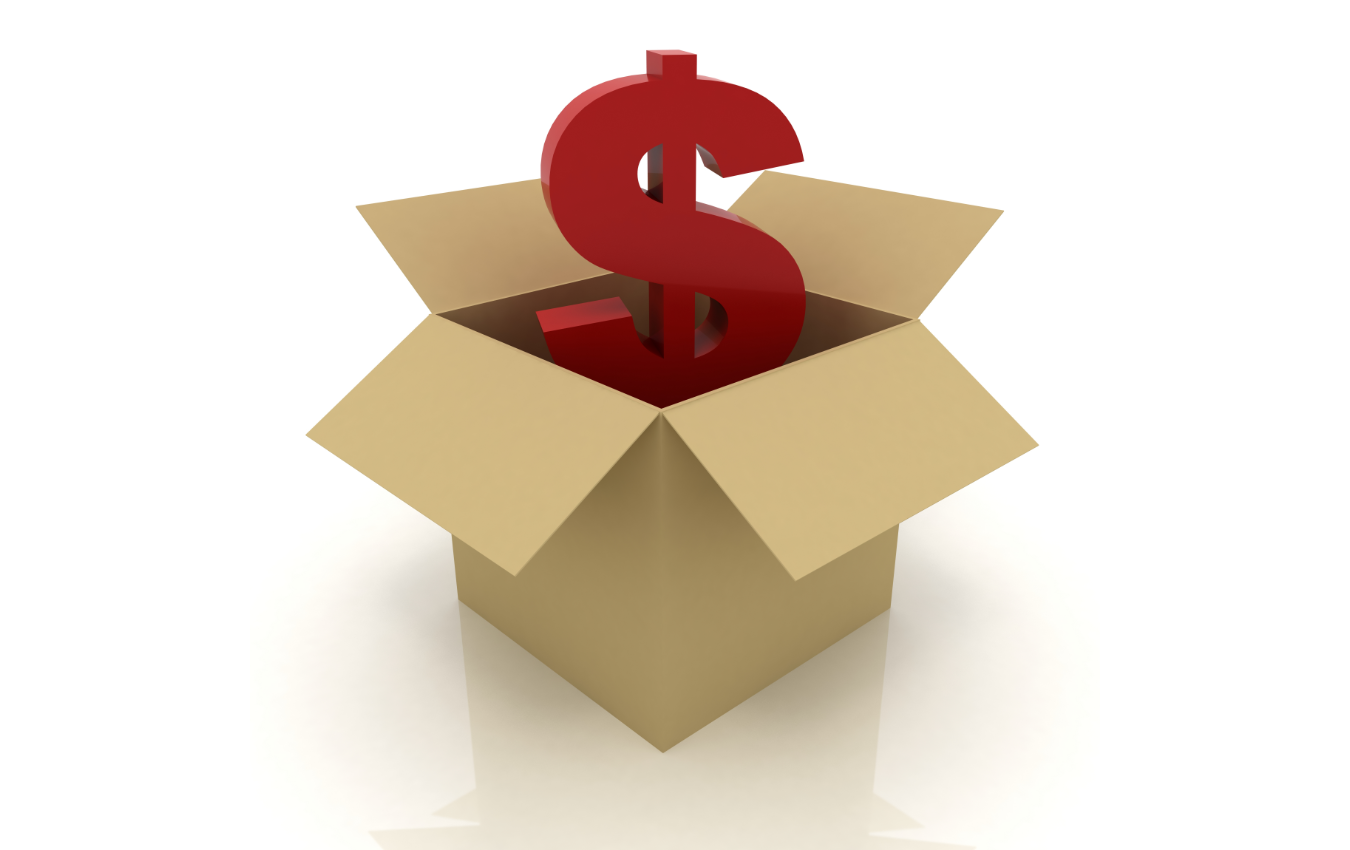Home » Generic vs. Custom Packaging: When to Choose Each
Generic vs. Custom Packaging: When to Choose Each
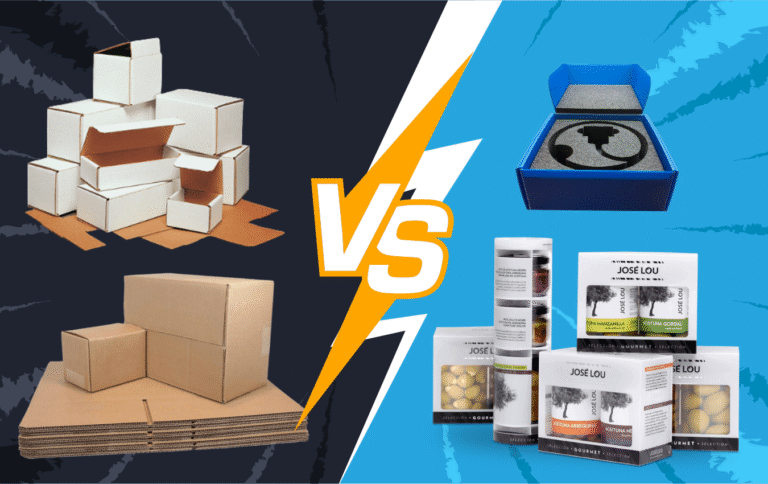
Packaging is more than just protection—it plays a critical role in branding, marketing, and customer perception. One of the key decisions businesses must make is whether to use generic packaging, designed for general use, or custom packaging, built for a specific product or market. Each option brings different strengths depending on your goals, budget, and buyer expectations.
What is Generic Packaging?
Generic packaging refers to standardized packaging formats with minimal customization. It’s typically unbranded or lightly branded, available in common sizes, and made with cost-effective materials. This makes it ideal for businesses prioritizing speed, scale, and affordability.
When to Use Generic Packaging
Mass-market products – Items with broad appeal like household goods or value-focused consumer products
Private label and contract manufacturing – When packaging must suit multiple retailers or brand identities
Cost-sensitive SKUs – Helps reduce packaging spend by avoiding custom printing, tooling, or structure
eCommerce fulfillment – Generic mailers and boxes that streamline order processing and reduce shipping costs
✅ Best for: Bulk products, subscription boxes, third-party logistics, and high-volume distribution
🚨 Limitations: Lacks strong branding and doesn’t enhance the customer experience
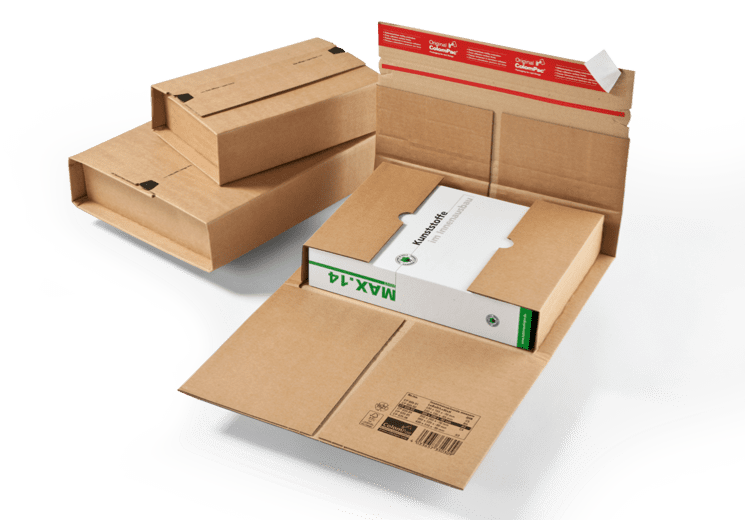
What is Custom Packaging?
Custom packaging is designed specifically for a product, brand, or audience. It often includes custom dimensions, structural features, branded print, premium finishes, or regulatory labeling. This approach strengthens visual identity and creates a more immersive customer experience.
When to Use Custom Packaging
Luxury or premium products – Elevate your brand with foil stamping, embossing, or rigid box designs
Niche markets – Address the values or expectations of specific audiences (e.g., eco-conscious buyers, tech consumers)
Brand-building initiatives – Create packaging that reinforces your position in the market and stands out
Unboxing experiences – For direct-to-consumer brands, first impressions matter—custom packaging creates memorable moments
Compliance and protection – Certain industries require labeling, tamper resistance, or special inserts to meet regulatory standards
✅ Best for: Luxury goods, health & beauty, electronics, small-batch foods, and medical packaging
🚨 Limitations: Higher upfront costs, longer lead times, and greater inventory complexity
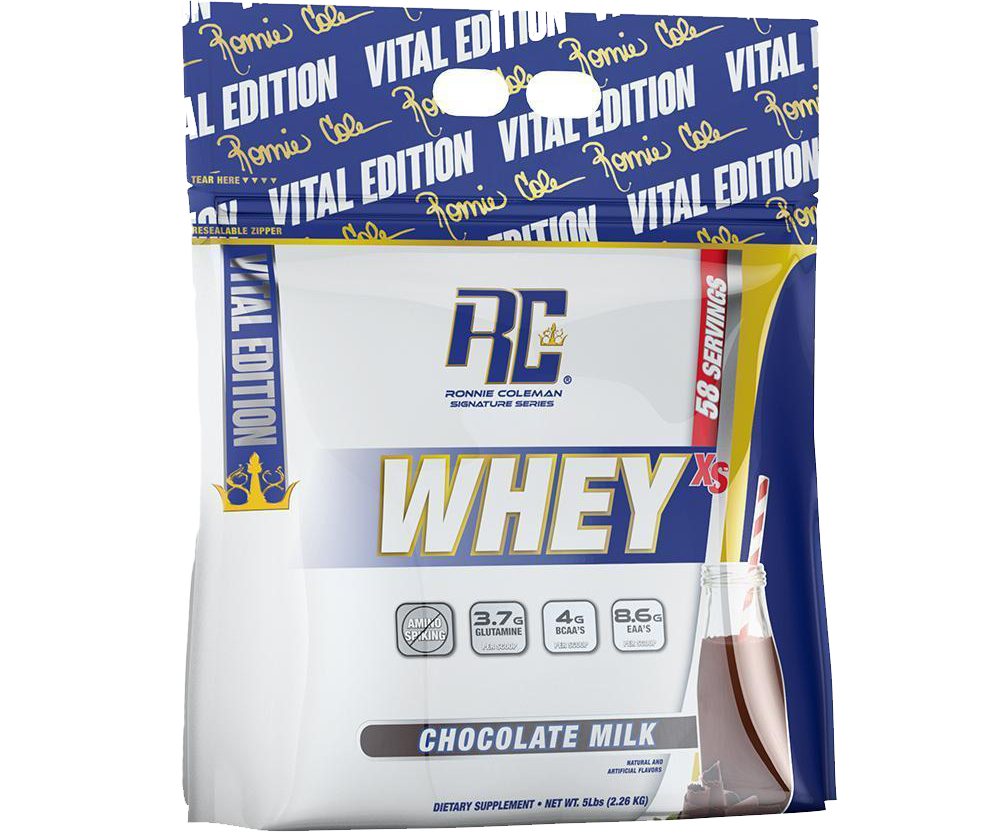
How to Decide Between Generic and Custom Packaging
| Factor | Generic Packaging | Custom Packaging |
|---|---|---|
| Cost | Lower – ideal for scaling | Higher – due to design, print, or tooling |
| Branding | Minimal or neutral | Strong visual identity, high customization |
| Customer Experience | Functional, unremarkable | Engaging and aligned with brand image |
| Production Time | Faster – uses standard templates | Longer – requires design and setup |
| Target Audience | General market | Specific niche or premium segment |
| Logistics | Easier storage, standardized SKUs | More SKUs, variable dimensions, more planning |
Final Thoughts: Choosing the Right Packaging Strategy
Your packaging strategy should align with your product positioning, customer expectations, and business goals. Generic packaging offers speed and cost-efficiency, while custom packaging supports differentiation, compliance, and brand value. Both can be effective—when applied strategically.
Looking to create the right packaging solution for your business? Brown Packaging can help you design and source packaging that aligns with your product, brand, and market.
As tariff changes reshape global trade, packaging buyers moving production from China to the U.S. or nearshore regions face a new challenge: supplier qualification. Transitioning supply doesn’t end once a
With new tariff proposals and continued trade uncertainty, 2026 is shaping up to be another pivotal year for packaging sourcing strategy. Many companies that shifted production away from China in
Following multiple rounds of tariff changes and trade policy adjustments, 2026 marks a turning point for U.S. packaging buyers. Many who previously transitioned from China to domestic or nearshore suppliers
Shifting packaging production from China to the U.S. can help stabilize costs, reduce tariff exposure, and shorten lead times. But the transition process requires careful planning. For packaging buyers, the
Home » Generic vs. Custom Packaging: When to Choose Each


